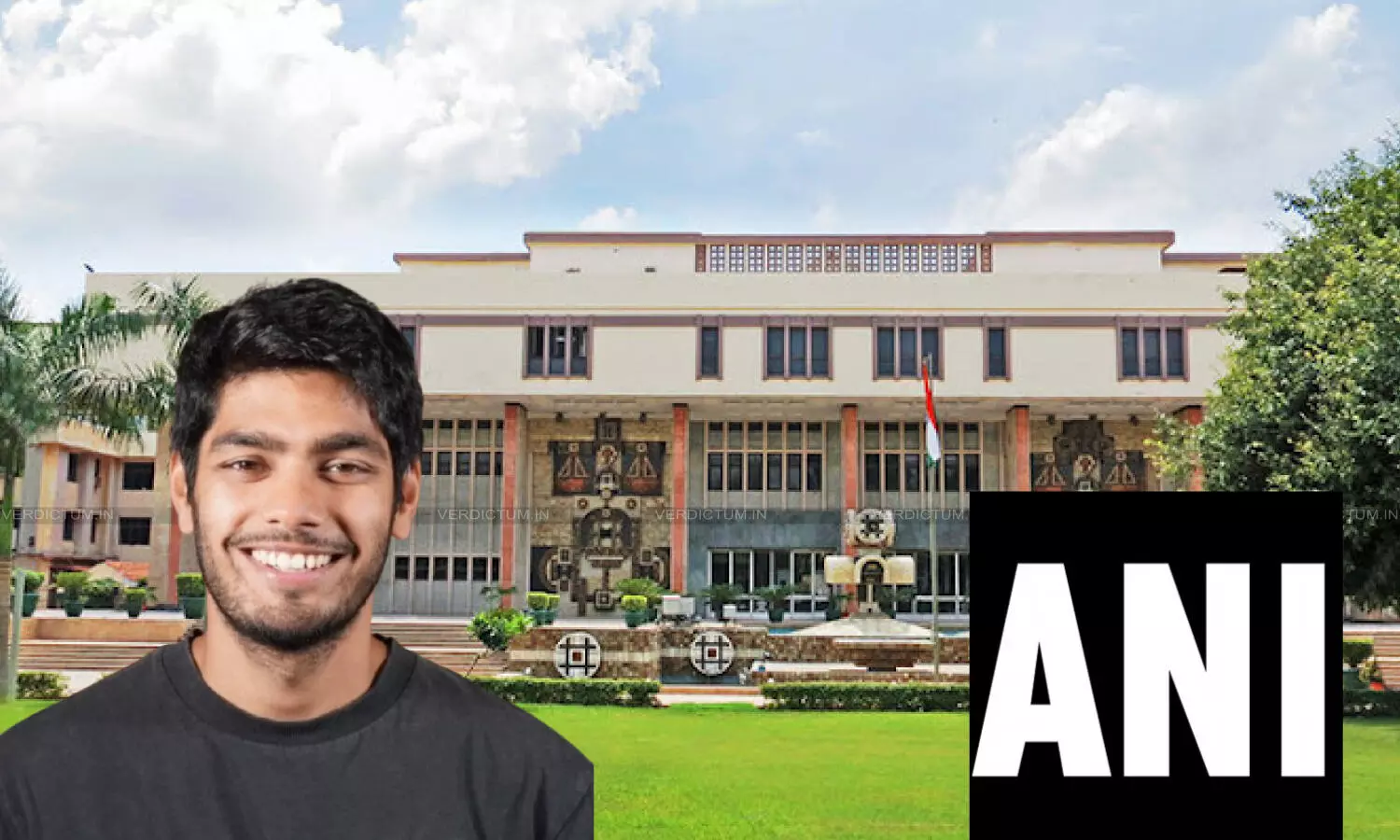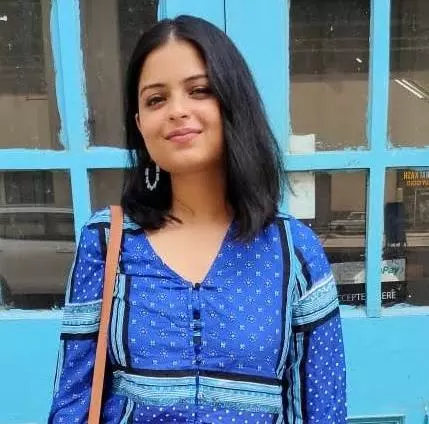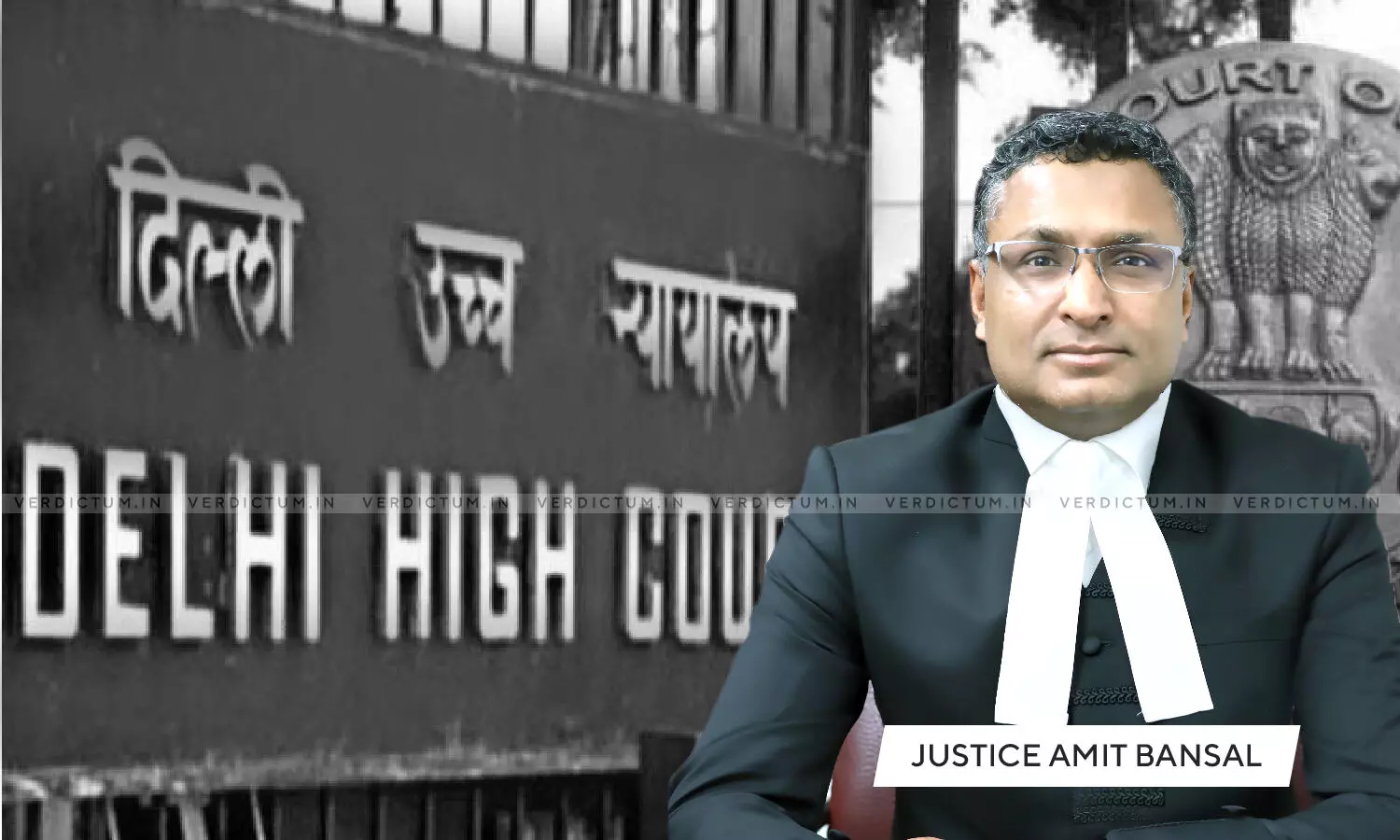
Delhi High Court Directs YouTuber To Remove Defamatory Video Portions Alleging Extortion By ANI; Says Terms Like ‘Hafta Wasooli’ And ‘Gunda Raaj’ Are Defamatory
 |
|The Court said that terms like “hafta wasooli” and “gunda raaj” in the video were defamatory and ordered their removal, urging the parties to settle the dispute amicably.
The Delhi High Court today directed YouTuber Mohak Mangal to remove objectionable portions from a video in which he accused news agency Asian News International (ANI) of blackmail and extortion, after ANI filed a defamation suit against him, along with co-defendants Mohammad Zubair and Kunal Kamra.
A bench of Justice Amit Bansal, after watching the video in court, orally observed, “This is not hafta vasooli, gunda raaj. I am giving a reasonable suggestion to you.” The Court questioned the premise of the video and noted, “Your actions and video were premature because there was no threat to your channel.” It added that the video, on the face of it, was “disparaging” and suggested that Mangal sit with ANI’s counsel to resolve the issue. “Every time I found something offending, I looked at you. You will take down this... Do it today,” the Court said. Justice Bansal also observed that “there was no occasion to make that disparaging video.”
The case arises out of a video uploaded by Mangal titled "I am Mohak and I am not scared", where he alleged that ANI filed eight copyright complaints against him—two of which resulted in YouTube strikes—and claimed that an ANI's counsel demanded 5 lakh per complaint to withdraw the strikes, totalling 40 lakh, or alternatively, asked him to purchase a subscription.
Senior Advocate Amit Sibal appeared for ANI, while Senior Advocate C.M. Lall represented Mohak Mangal.
It was submitted on behalf of ANI that Mangal used six clips of ANI content on YouTube without a license. “If I find content infringed on YouTube, then I am entitled under their user agreement to initiate a copyright strike,” Sibal argued. Two strikes were upheld, and Mangal then began filing counter-notifications. “We reached out to them and made a settlement offer. He could have refused it, but instead he made this scandalous and per se defamatory video,” it was submitted.
The agency stated that the video included a fake voice call, defamatory comparisons to “call spammers from Kolkata,” and claims of “kidnapping” and “gundaraj.” “They are calling me gunda, kidnapper. They are using my registered trademark saying block and unsubscribe,” it was submitted. It was further claimed that Mangal started a media campaign which had “spiralled into a concerted campaign which is nothing short of defamatory.”
The Court was told that the disputed video had already crossed 5 million views and that ANI’s own YouTube channel has 8.3 million subscribers. “He makes money off these posts… This campaign is vilifying and per se, defamatory,” Sibal said, also referring to a John Doe plea against other unnamed parties reposting defamatory content.
Referring to the use of ANI’s registered trademark, it was submitted that under Section 29(8) of the Trade Marks Act, 1999, even advertising that uses a trademark to disparage the holder amounts to infringement.
C.M. Lall submitted that the video clips used were 5 to 18 seconds long and formed part of longer videos lasting 30 minutes or more, constituting fair use. “If I am using 8 seconds in a 30-minute video, then it's fair use,” he argued, adding that the strike system on YouTube left creators vulnerable. “If my channel gets deleted, then I am stuck… Thus, I refused the offer.”
In response to the Court’s question whether such conduct amounted to extortion, Mangal’s counsel maintained, “Why can't I raise what they are doing? Is it not extortion?” It was submitted that Mangal reached out through YouTube’s grievance mechanism, and the agency never obtained an injunction against him.

The Court, however, noted, “You want to use videos without taking a license. Okay, great, use their video excerpts. But why are you making such defamatory statements against them?”
Mangal’s counsel offered to show the red-lined version of the video with offending parts removed. “I can make changes or edit the video, and let the video remain,” it was submitted. However, the Court pressed for full removal, stating, “Remove it and put a new video today. What is the resistance to deleting the video?”
The Court questioned Google’s counsel about YouTube’s copyright mechanism. It was clarified that once a counter-notification is filed, the strike does not count unless the claimant moves court. “So the fear is not as big as it was argued by Mohak,” the Court remarked.
The Court noted that the video ran on the assumption that the channel was about to be deleted, which had not occurred. “There was no threat to your channel until they moved to the Court,” the judge said.
Co-defendant Mohammad Zubair, a journalist and co-founder of Alt News, submitted through his counsel that he would take down his post and requested to be removed from the list of summoned parties, which the Court accepted. Another co-defendant, Kunal Kamra, a stand-up comedian and satirist who posted on X referencing ANI and the controversy, refused to remove his post without instructions. He argued that the posts were satire and said, “I am a comedian and satirist… This is free speech.”
The Court responded, “I do not see this humor,” and observed that the language used was not acceptable. Sibal submitted that Kamra had referred to ANI explicitly and linked Mangal’s video in his post.
The Court directed Mangal to sit with ANI and resolve which parts of the video would be taken down. “If there is some argument on certain parts, I can decide,” the judge said. The Court also instructed that a red-line version of the video be shared, and the offending expressions like “world’s largest extortionist agency,” “hafta vasooli,” “kidnapping,” and “gundaraj” be removed.
Cause Title: ANI Media Pvt. Ltd. v. Mohak Mangal & Ors.